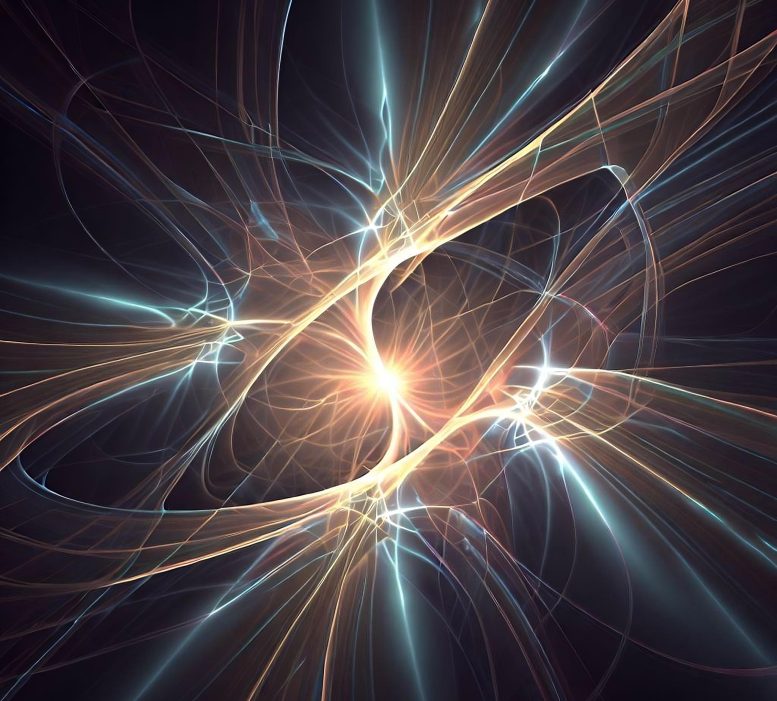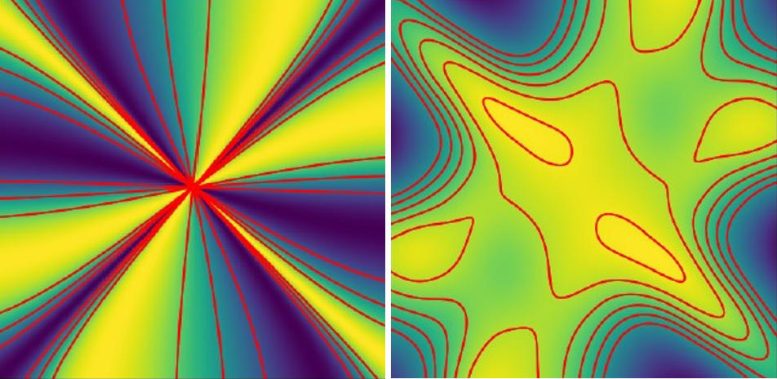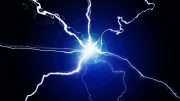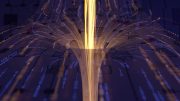
Theoretical physicists are exploring the potential of “fractons,” stationary and immobile quasiparticles that could provide secure information storage, based on a mathematical extension of quantum electrodynamics. Although no material currently exhibits these fractons, ongoing research aims to create more accurate models, incorporating quantum fluctuations, that could guide experimental physicists in designing and measuring materials with these properties, possibly leading to a significant quantum leap in future technology.
Fractons, due to their impeccable immobility, are potential candidates for data storage. However, no actual material has been identified so far that exhibits fractons. A group of researchers has recently examined these quasiparticles more closely, revealing a surprising behavior.
Quasiparticles, such as excitations in solids, can be mathematically represented; an example being phonons which are an excellent depiction of lattice vibrations that amplify with rising temperature.
Mathematically, quasiparticles that have yet to be observed in any material can also be expressed. These “theoretical” quasiparticles may possess unique properties, making them worthy of further scrutiny. Take fractons, for example.
Perfect storage of information
Fractons are fractions of spin excitations and are not allowed to possess kinetic energy. As a consequence, they are completely stationary and immobile. This makes fractons new candidates for perfectly secure information storage. Especially since they can be moved under special conditions, namely piggybacking on another quasiparticle.

Numerical modeling results in a fraction-signature with typical pinch points (left) and should be observable experimentally with neutron scattering. Allowing quantum fluctuations blurs this signature (right), even at T=0 K. Credit: HZB
“Fractons have emerged from a mathematical extension of quantum electrodynamics, in which electric fields are treated not as vectors but as tensors – completely detached from real materials,” explains Prof. Dr. Johannes Reuther, a theoretical physicist at the Freie Universität Berlin and at HZB.
Simple models
In order to be able to observe fractons experimentally in the future, it is necessary to find model systems that are as simple as possible: Therefore, octahedral crystal structures with antiferromagnetically interacting corner atoms were modeled first.
This revealed special patterns with characteristic pinch points in the spin correlations, which in principle can also be detected experimentally in a real material with neutron experiments.
“In previous work, however, the spins were treated like classical vectors, without taking quantum fluctuations into account,” says Reuther.
Including quantum fluctuations
This is why Reuther, together with Yasir Iqbal from the Indian Institute of Technology in Chennai, India, and his doctoral student Nils Niggemann, has now included quantum fluctuations in the calculation of this octahedral solid-state system for the first time.
These are very complex numerical calculations, that in principle are able to map fractons. “The result surprised us, because we actually see that quantum fluctuations do not enhance the visibility of fractons, but on the contrary, completely blur them, even at absolute zero temperature,” says Niggemann.
In the next step, the three theoretical physicists want to develop a model in which quantum fluctuations can be regulated up or down. A kind of intermediate world between classical solid-state physics and the previous simulations, in which the extended quantum electrodynamic theory with its fractons can be studied in more detail.
From theory to experiment
No material is yet known to exhibit fractons. But if the next model gives more precise indications of what the crystal structure and magnetic interactions should be like, then experimental physicists could start designing and measuring such materials.
“I do not see an application of these findings in the next few years, but perhaps in the coming decades and then it would be the famous quantum leap, with really new properties,” says Reuther.
Reference: “Quantum Effects on Unconventional Pinch Point Singularities” by Nils Niggemann, Yasir Iqbal and Johannes Reuther, 12 May 2023, Physical Review Letters.
DOI: 10.1103/PhysRevLett.130.196601









Spin physics are vital for describing how our world is screwed together. Topological vortices are points with spin in 2D fields.They are natural gravitational fields. According to topological vortex gravitational field theory, the VA field pair interact to form topological bifurcation that make up the fundamental understructure of various particles. Vortices can be either high-dimensional multiplexing orthogonal or annihilate each other, which is important for Quantum fluctuations.
“In previous work, however, the spins were treated like classical vectors, without taking quantum fluctuations into account,” says Reuther.